Explain the formation of products (B), (C), and (D) in the following reaction. 
Two moles of a very strong base such as butyl lithium (BuLi), convert an alkyne into dianion by the removal of the terminal H and a propargylic H.
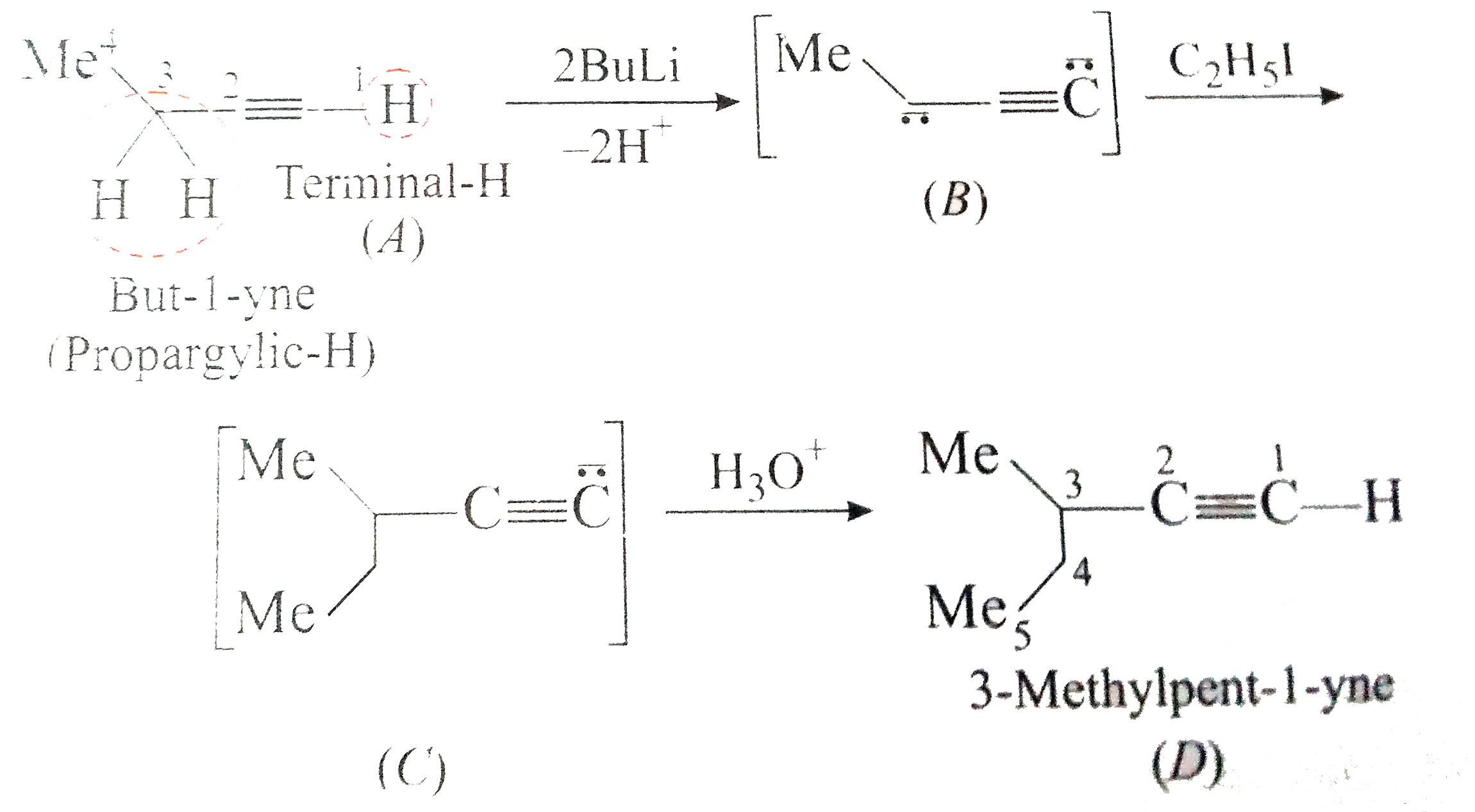
Topper's Solved these Questions
- UNSATURATED HYDROCARBONSBook:OP TANDONChapter:UNSATURATED HYDROCARBONSExercise:Match type
Explore 1 Video
- UNSATURATED HYDROCARBONSBook:OP TANDONChapter:UNSATURATED HYDROCARBONSExercise:PROBLEMS BASED ON STRUCTURE AND PROPERTIES
Explore 10 Videos
- UNSATURATED HYDROCARBONSBook:OP TANDONChapter:UNSATURATED HYDROCARBONSExercise:SOME SOLVED PROBLEMS
Explore 31 Videos
- STOICHIOMETRY (CHEMICAL FORMULAE AND EQUATIONS )Book:OP TANDONChapter:STOICHIOMETRY (CHEMICAL FORMULAE AND EQUATIONS )Exercise:SELF ASSESSMENT
Explore 11 Videos
Similar Questions
Knowledge Check
Product (B) in the following reaction is
 A
A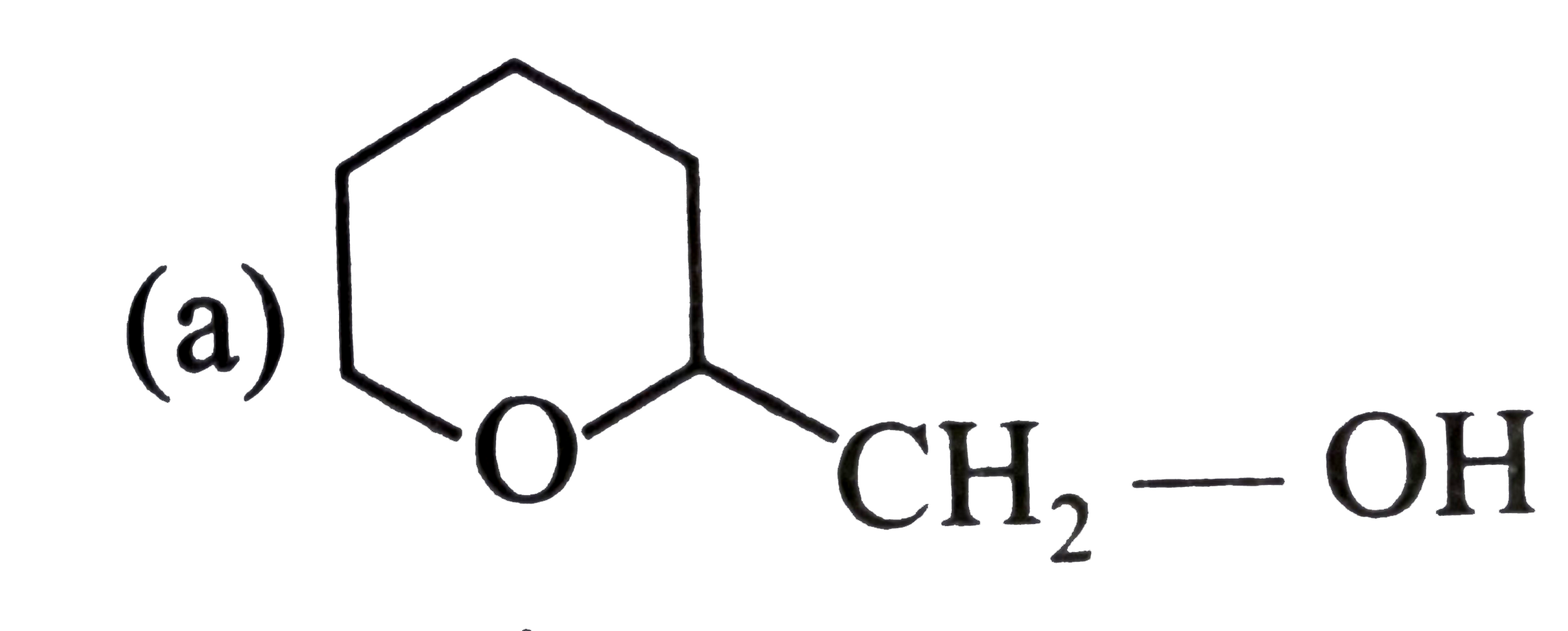 B
B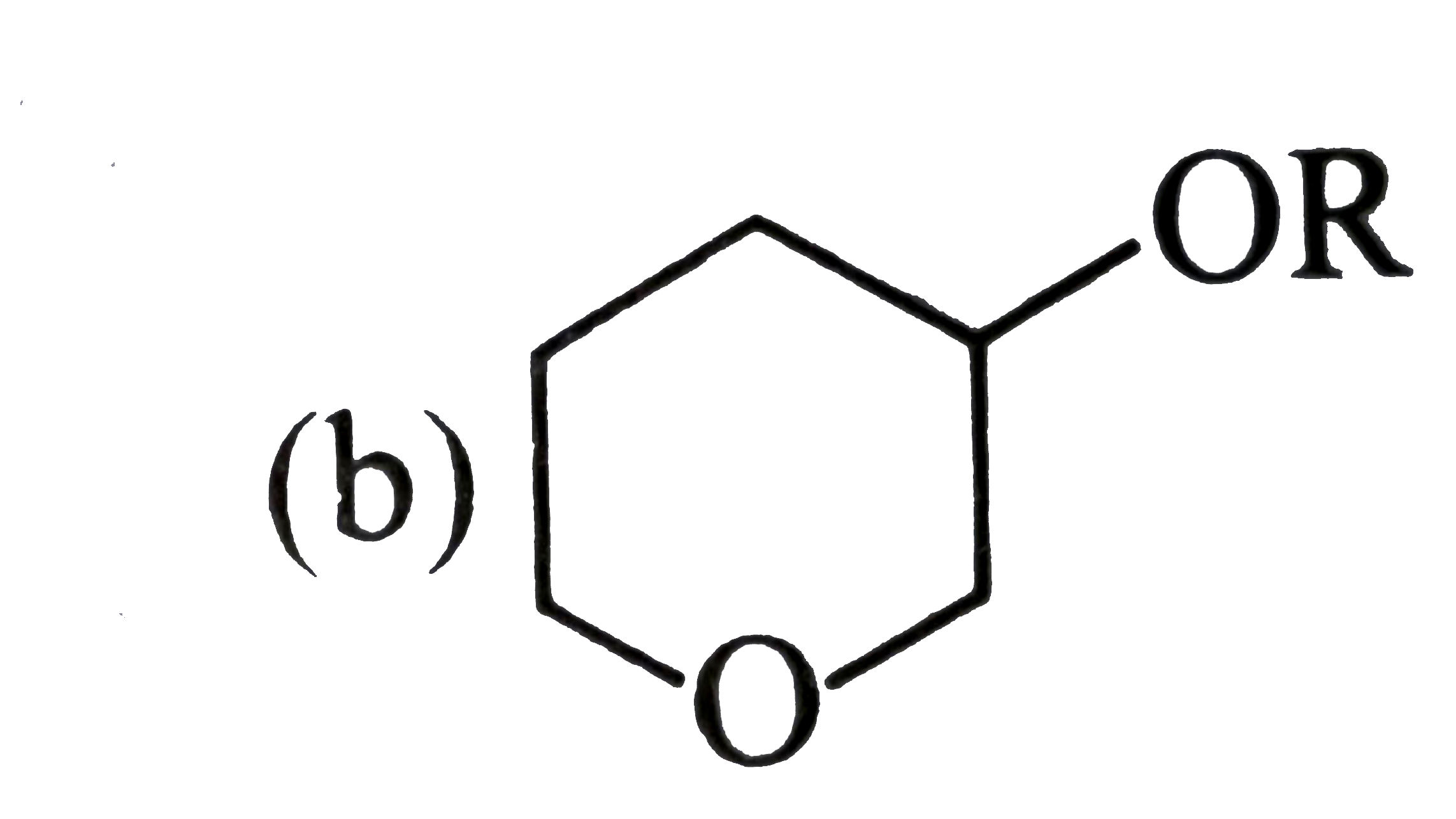 C
C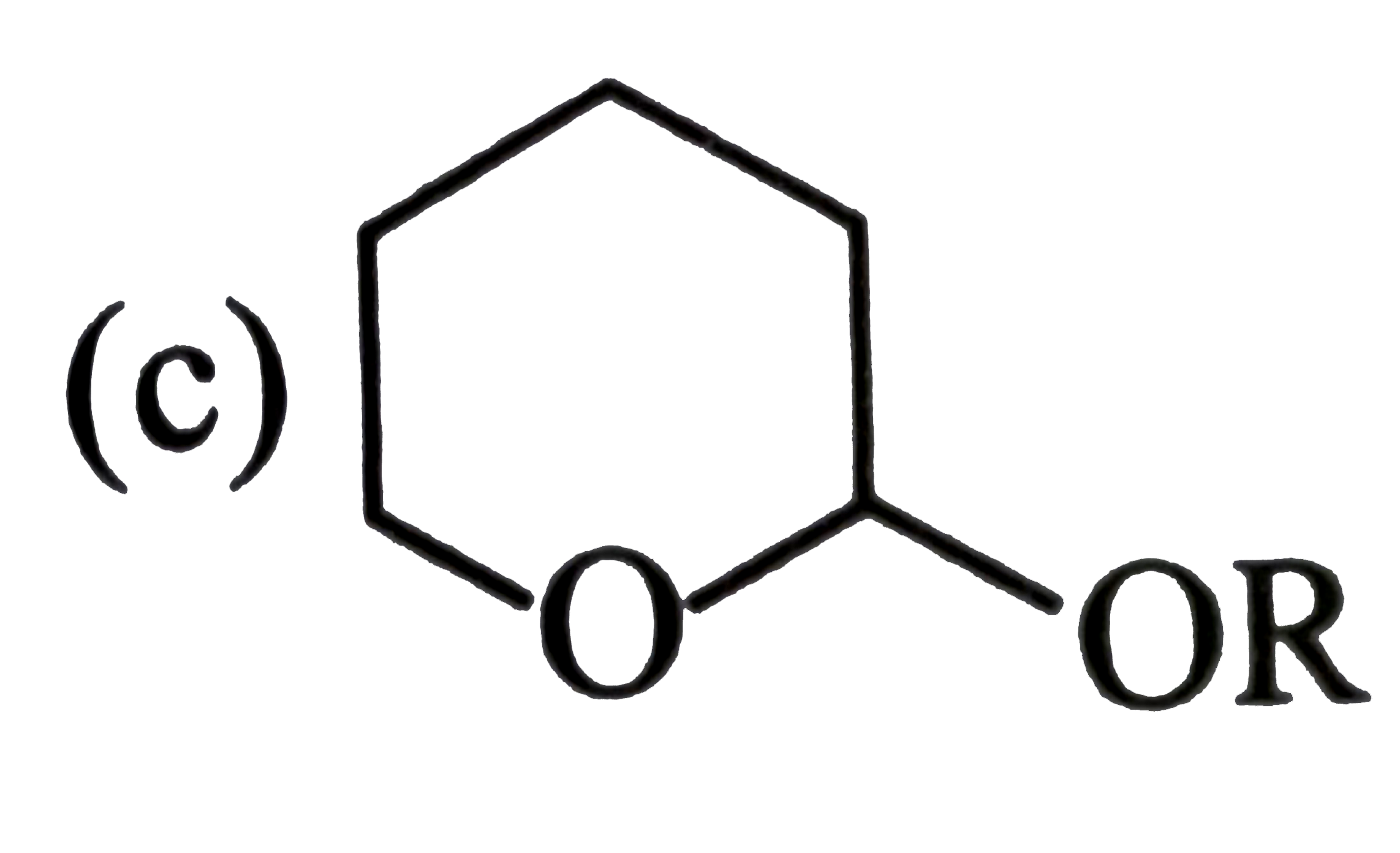 D
D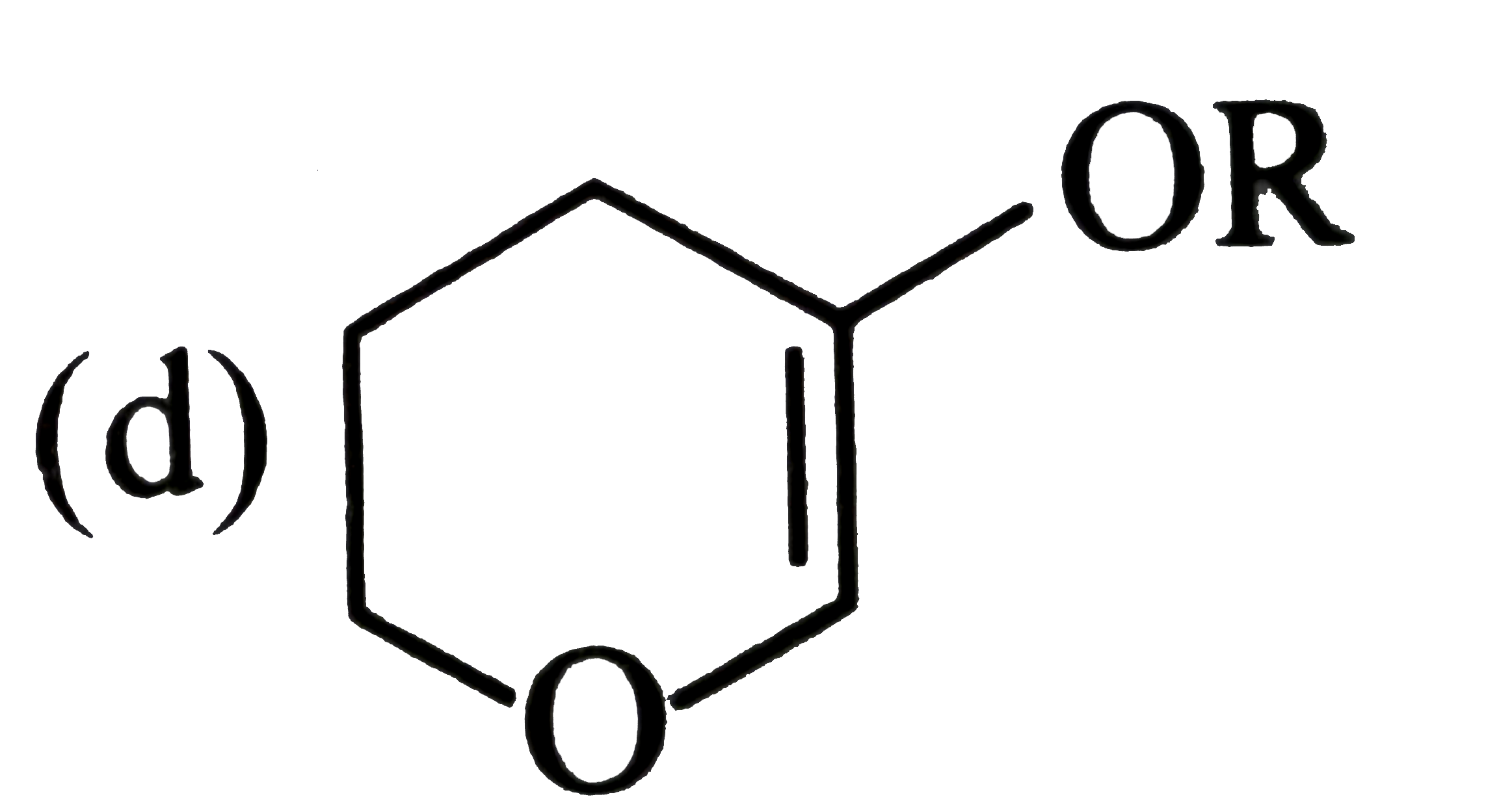
Identify A, B, C and D in the following reaction sequence
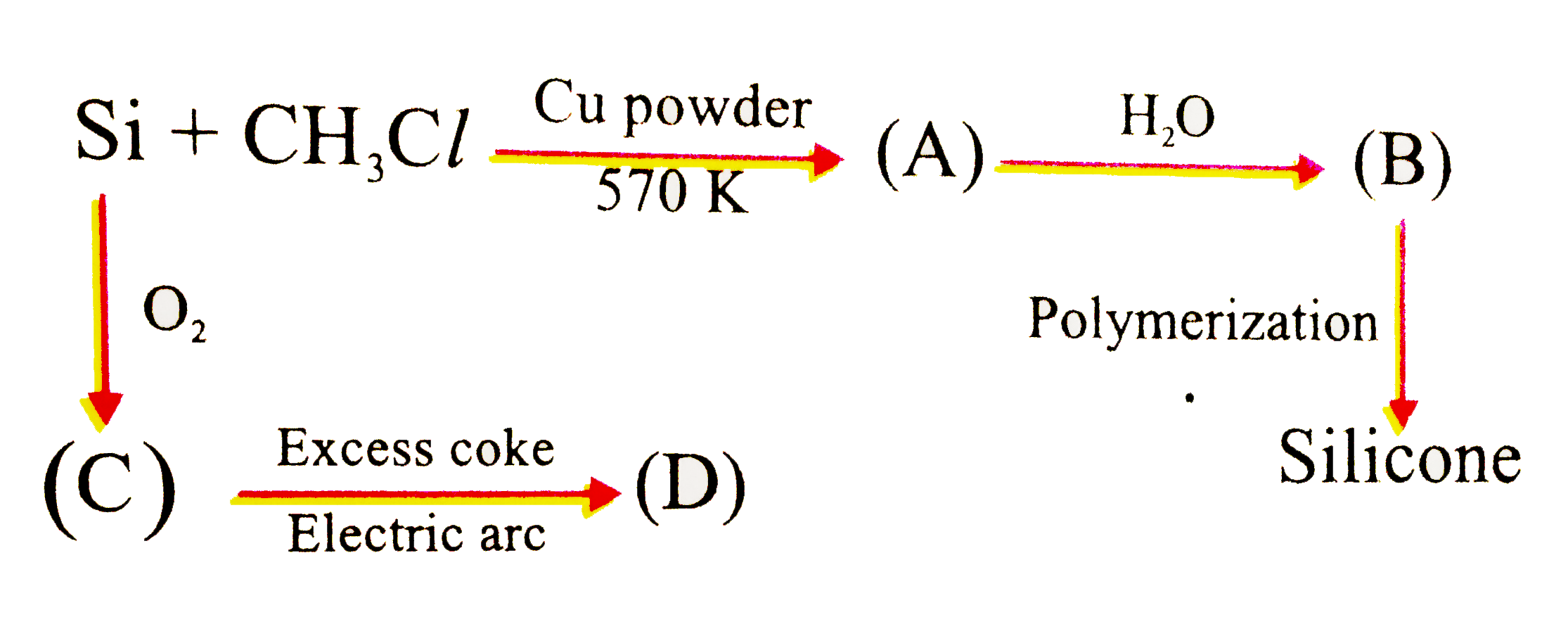 AThe compound A is (CH3)2SiCl2BThe compound C and D are SiO2 and SiC respectivelyCThe compound B is (CH3)2Si(OH)2DThe compound B is (CH3)2Si=O
AThe compound A is (CH3)2SiCl2BThe compound C and D are SiO2 and SiC respectivelyCThe compound B is (CH3)2Si(OH)2DThe compound B is (CH3)2Si=O
Explain the formation of (B), (C ) and (D) in the given reaction:
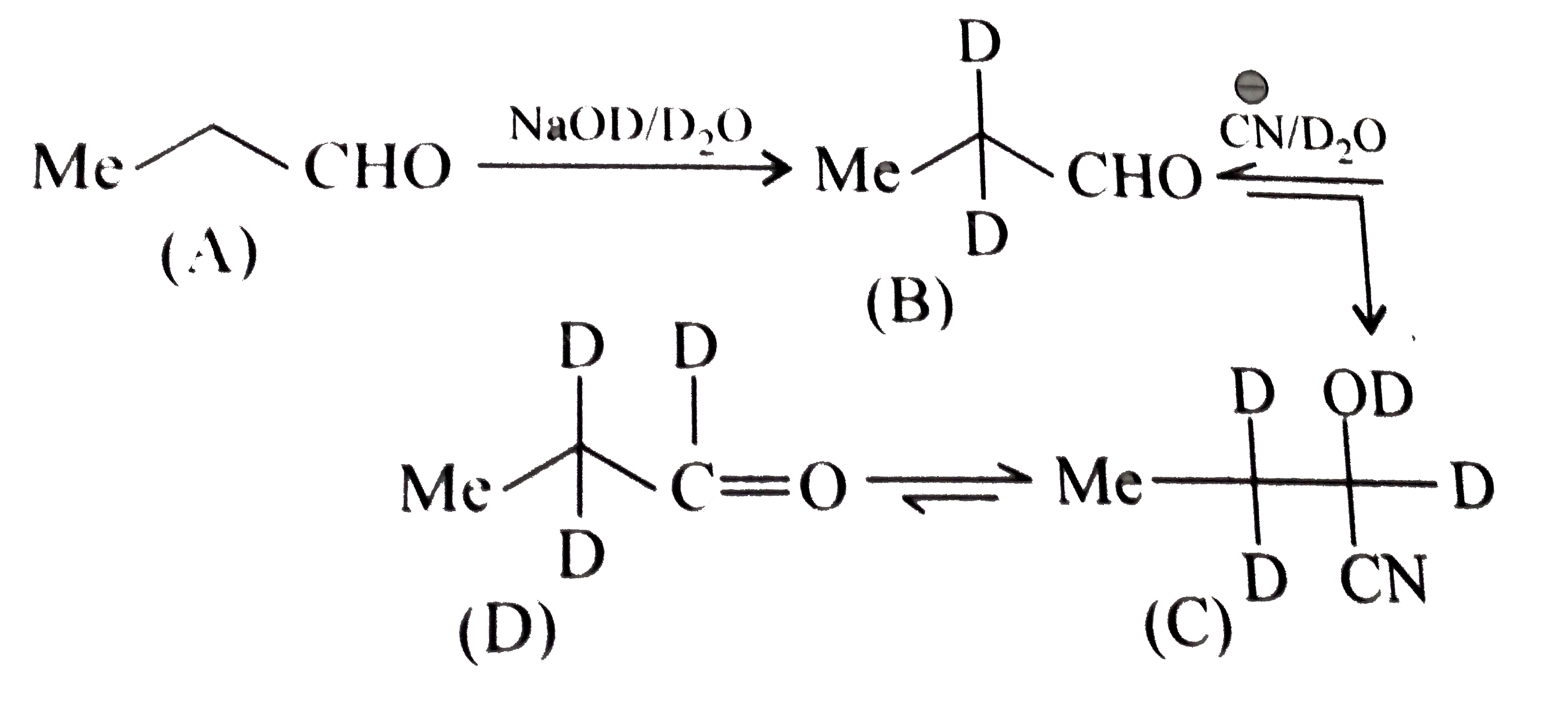
View Solutiona. Why do nucleophiles (Nu..Θ) add to the (C=C) of α−β-unsaturated carbonyl compounds but not to alkenes ?
b. Explain the formation of product in the following reaction:
CH3CH=(A)CHCHOΘOD/D2O−−−−−→CD3CH=CD.CHO(Tetradecuterated compound)(B)
c. In the following reaction, three isomers are present in the equilibrium. Which is the most stable ?
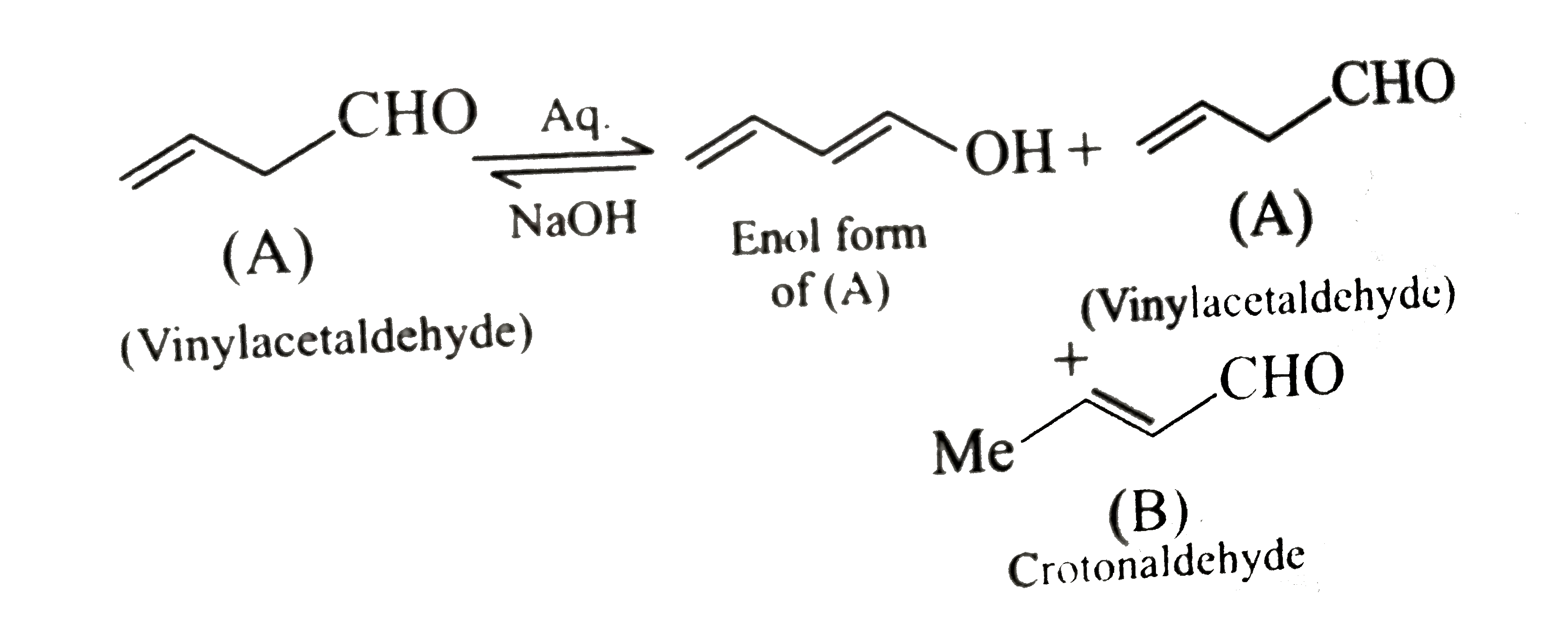
d. Explain why Michael addition is 3,4-addition.
View SolutionWhat are the product A, B, C, D and E in the following reactions?
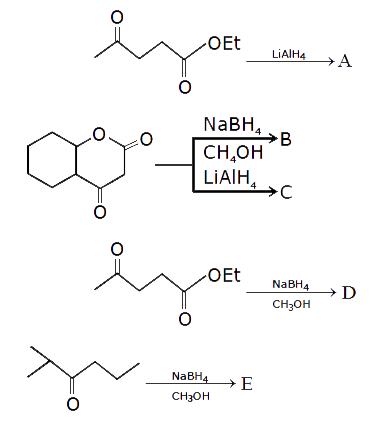
View SolutionIdentify (A),(B),(C),(D), and (E), in the following reactions :
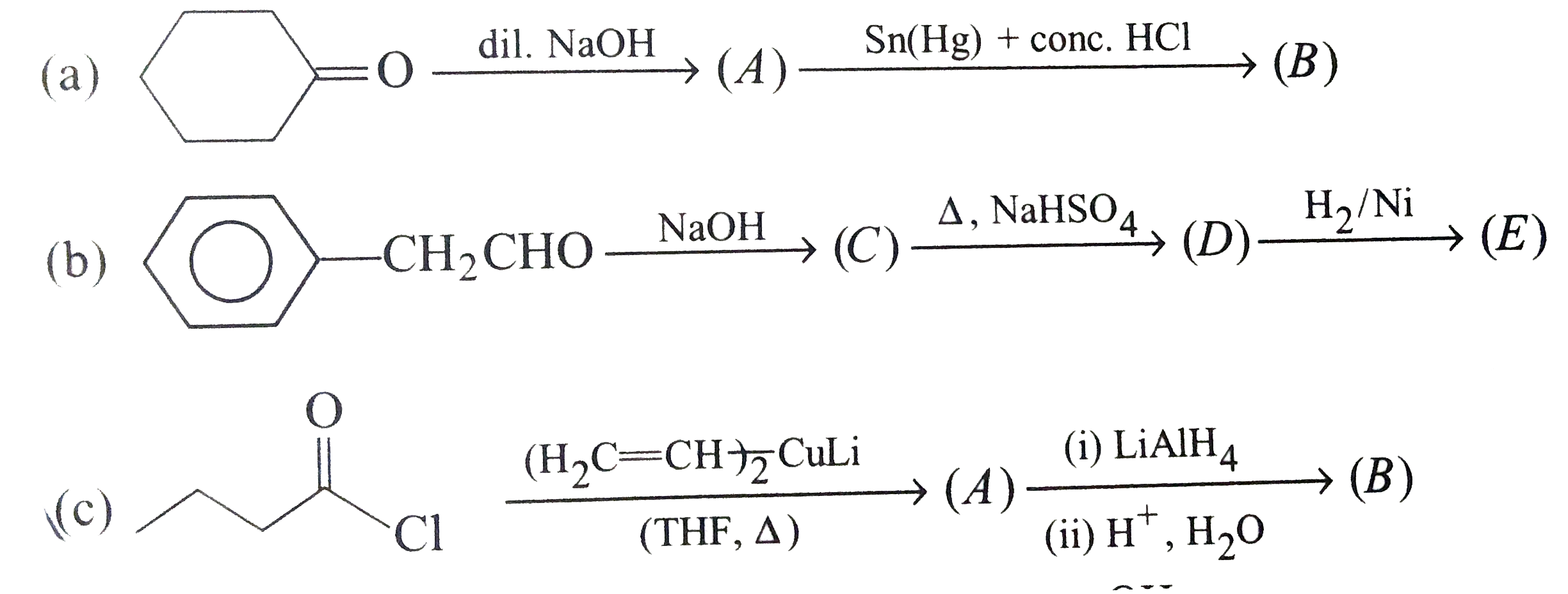
View SolutionIdentify the (A),(B),(C) and (D) in the following reactions sequence:
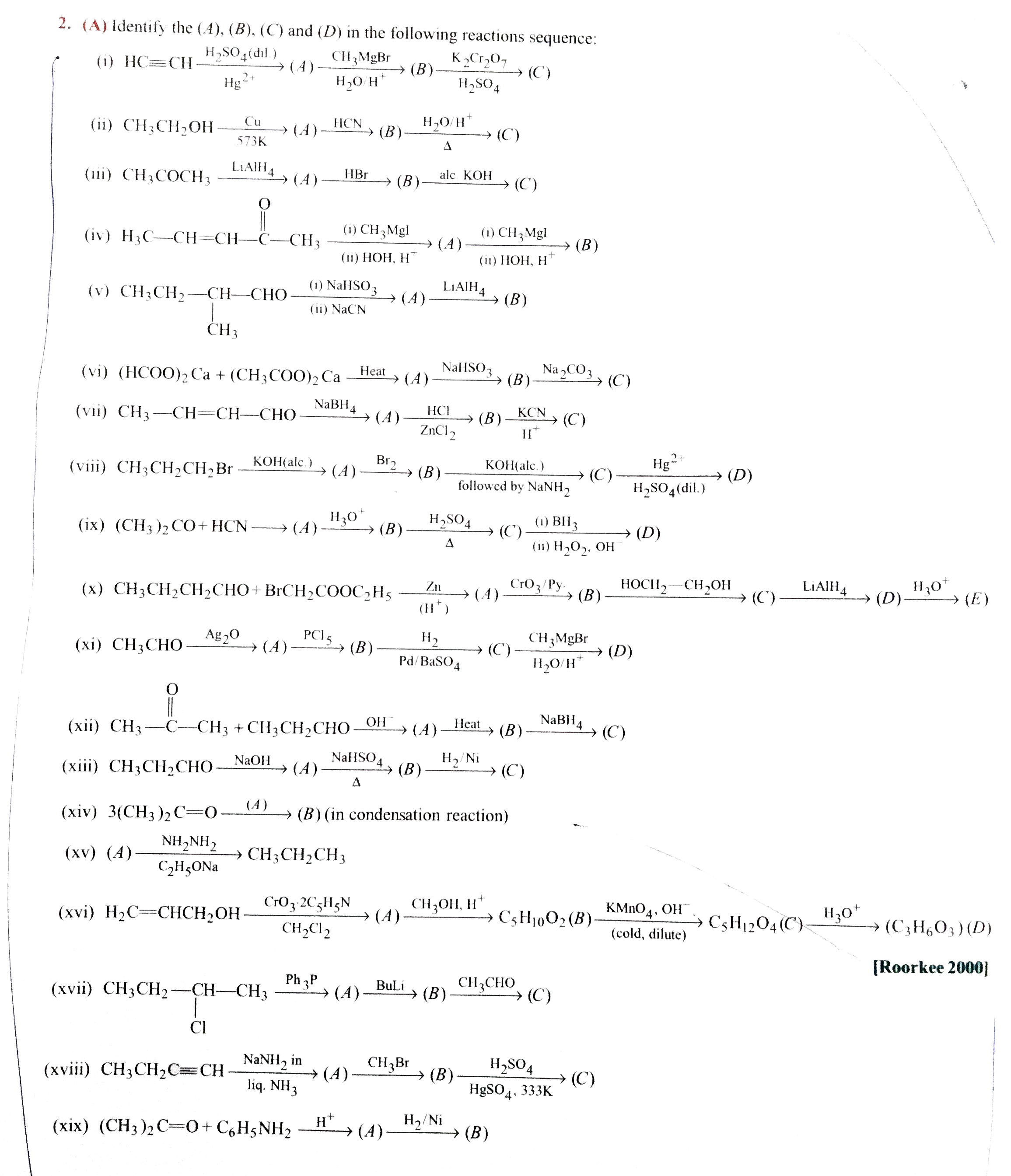
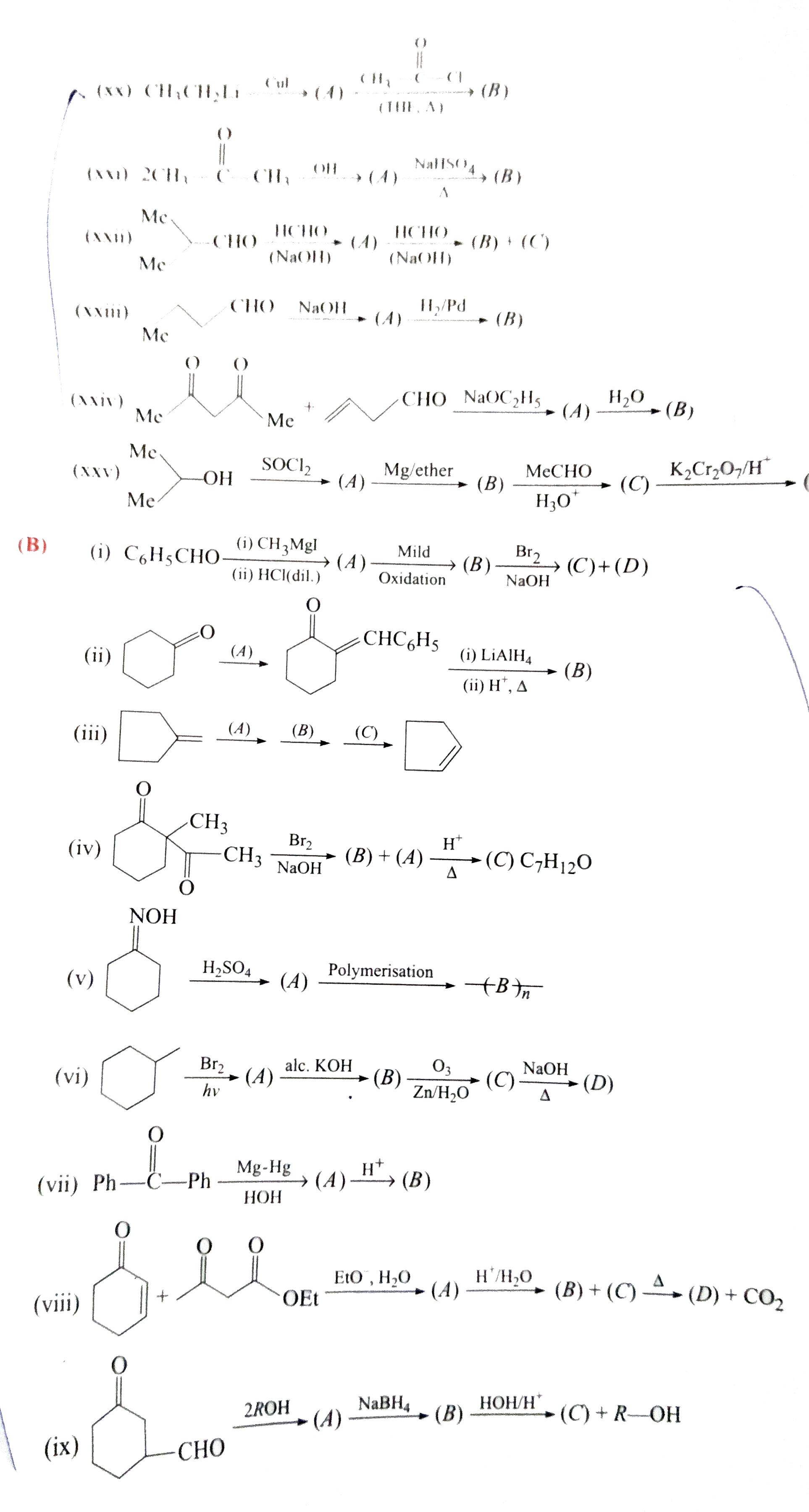
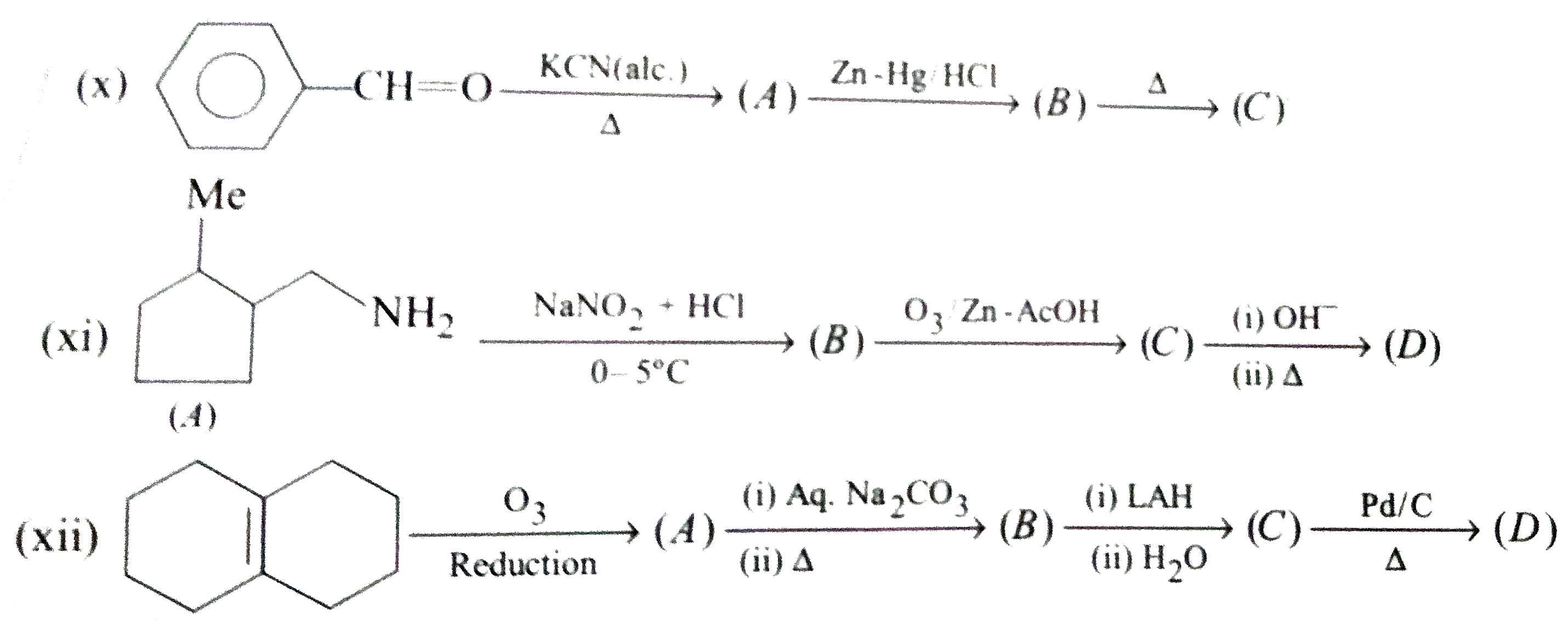
View SolutionIdentify (A), (B), ( C ), (D) and (E) in the following reactions :

View Solution
